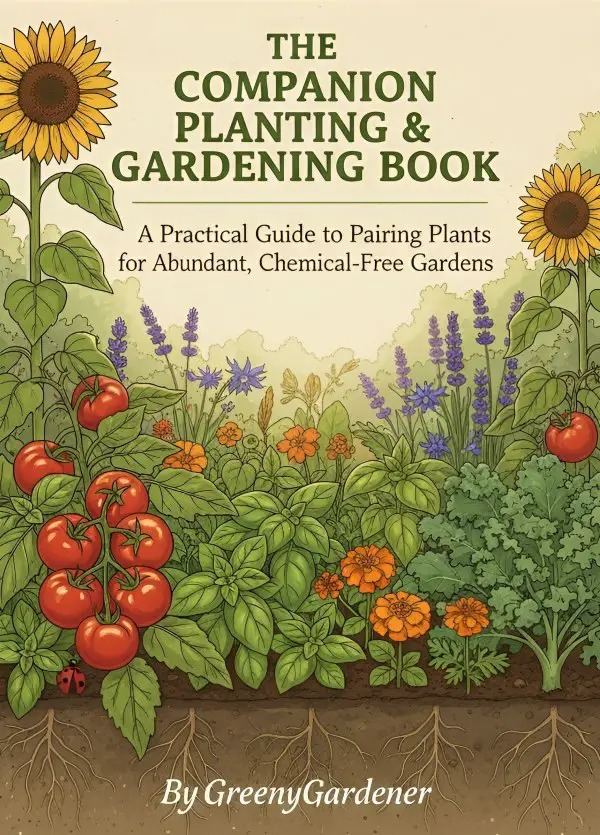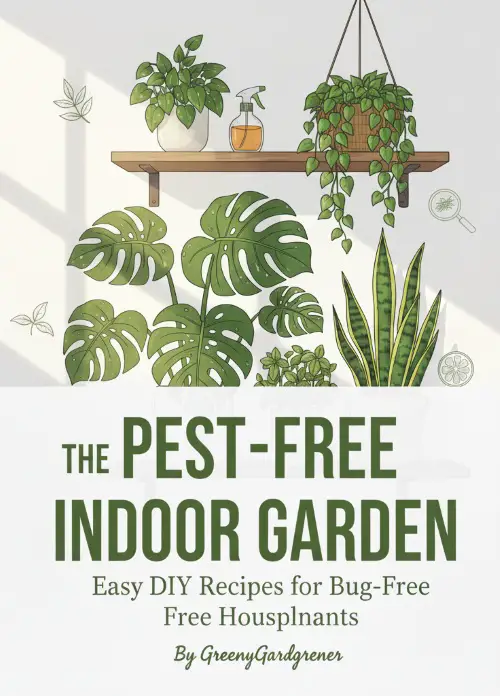Are Pothos Safe for Geckos? A Comprehensive Guide
Geckos are fascinating and low-maintenance reptiles that bring joy to their owners. Creating a safe and enriching habitat is vital for their health and well-being. As gecko owners explore ways to enhance their pet’s environment, questions about houseplants often arise.
One commonly debated plant is pothos. In this article, we will dive deep into whether pothos plants are safe for geckos, the risks involved, and alternative plants that are both safe and visually appealing.
What's On the Page
- 1 What Are Pothos Plants?
- 2 Are Pothos Plants Safe for Geckos?
- 3 Signs of Pothos Toxicity in Geckos
- 4 Why Some Owners Use Pothos in Gecko Enclosures
- 5 Safe Plant Alternatives for Gecko Habitats
- 6 Tips for Incorporating Plants into Gecko Habitats
- 7 Can Artificial Plants Be Used Instead?
- 8 How to Create a Safe and Enriching Gecko Habitat
- 9 Final Thoughts: Pothos and Geckos Don’t Mix
What Are Pothos Plants?
Pothos (Epipremnum aureum), also known as Devil’s Ivy, is a popular houseplant admired for its vibrant, heart-shaped leaves and trailing vines. Known for its hardiness, pothos thrives in various light conditions and requires minimal care.
Its ability to purify indoor air further adds to its popularity. However, despite its benefits, pothos contains insoluble calcium oxalates, which can pose risks to animals if ingested.
Are Pothos Plants Safe for Geckos?
The safety of pothos plants in gecko enclosures depends on the species of gecko and the likelihood of them interacting with or consuming the plant. While pothos is not immediately lethal, it is toxic if ingested due to its calcium oxalate crystals. These sharp compounds can irritate the mouth, throat, and digestive tract of geckos.

🌿 The Companion Planting & Gardening Book (eBook)
Bigger harvests, fewer pests — natural pairings & simple layouts. $2.40
Get – $2.40
🪴 The Pest-Free Indoor Garden (eBook)
DIY sprays & soil tips for bug-free houseplants. $1.99
Get – $1.99Risks of Pothos for Geckos
- Oral Irritation: If a gecko chews on the plant, it may experience pain, swelling, or discomfort in its mouth and throat.
- Digestive Distress: Ingestion of pothos leaves or stems can cause vomiting or diarrhea in some reptiles.
- Skin Irritation: Prolonged contact with the plant’s sap may irritate a gecko’s sensitive skin.
- Toxicity to Small Species: Smaller gecko species are more vulnerable to the toxic effects of pothos due to their size and sensitivity.
While some gecko species, such as crested geckos, are less likely to consume plants in their enclosure, the risks make pothos an unsafe choice for most reptiles.
Signs of Pothos Toxicity in Geckos
If a gecko interacts with or consumes pothos, owners should monitor for signs of toxicity. Common symptoms include:
- Swelling of the Mouth or Throat: Visible inflammation or difficulty closing the mouth may occur.
- Loss of Appetite: Affected geckos may refuse food or show a lack of interest in feeding.
- Lethargy: Reduced energy levels or sluggish movements can indicate distress.
- Vomiting or Regurgitation: These signs suggest digestive discomfort or irritation.
- Changes in Behavior: Unusual behavior, such as excessive hiding or restlessness, could signal a problem.
If any of these symptoms appear, consult a reptile veterinarian immediately for diagnosis and treatment.
Why Some Owners Use Pothos in Gecko Enclosures
Pothos is a popular choice for vivariums because of its aesthetic appeal and durability. It thrives in high-humidity environments, making it compatible with tropical gecko species.
Additionally, its trailing vines create natural hiding spots and climbing opportunities, enriching the gecko’s habitat. However, the potential risks to a gecko’s health outweigh these benefits, especially if safer plant alternatives are available.
Safe Plant Alternatives for Gecko Habitats
To create a safe and enriching environment for your gecko, consider these non-toxic plant options:
1. Snake Plants (Sansevieria spp.)
Snake plants are hardy, visually appealing, and safe for geckos. They tolerate low light and require minimal care, making them ideal for enclosures.
2. Spider Plants (Chlorophytum comosum)
Spider plants are non-toxic and grow well in humid environments. Their arching leaves add texture to a gecko’s habitat.
3. Ficus Benjamina (Weeping Fig)
Ficus plants are non-toxic to geckos and provide a naturalistic look. They thrive in vivariums with adequate humidity and lighting.
4. Calathea Plants
Calathea plants come in a variety of striking patterns and are safe for reptiles. They thrive in warm, humid conditions and are perfect for tropical enclosures.
5. Ferns (Various Species)
Ferns, such as Boston ferns or maidenhair ferns, are non-toxic and enhance the humidity levels of an enclosure. Their dense foliage provides excellent hiding spots.
Tips for Incorporating Plants into Gecko Habitats
Introducing plants to a gecko enclosure requires careful planning and monitoring. Follow these tips to ensure a safe and thriving environment:
1. Verify Plant Safety
Always research the toxicity of a plant before adding it to your gecko’s enclosure. Use trusted resources to confirm its safety.
2. Provide Adequate Lighting
Many plants, including safe options, require specific lighting conditions to thrive. Consider full-spectrum UVB lighting for the benefit of both the plants and your gecko.
3. Use Organic Soil
Avoid using soils with fertilizers, pesticides, or chemicals that could harm your gecko. Organic potting mixes are a safer choice.
4. Monitor Plant Condition
Remove any wilted, decaying, or moldy plant material promptly, as these can harbor harmful bacteria or fungi.
5. Observe Your Gecko’s Behavior
Pay attention to how your gecko interacts with the plants. If they show any signs of chewing or irritation, remove the plant immediately.
Can Artificial Plants Be Used Instead?
Artificial plants are an excellent alternative for gecko enclosures. High-quality artificial plants replicate the look of real plants without the risks of toxicity or maintenance. However, ensure that the materials used in the artificial plants are non-toxic and free from sharp edges that could harm your pet.
How to Create a Safe and Enriching Gecko Habitat
A well-designed gecko enclosure goes beyond plants. Here are additional tips for a thriving habitat:
- Provide Hiding Spots: Use cork bark, coconut shells, or other natural decorations for hiding and climbing.
- Maintain Proper Humidity: Geckos, especially tropical species, require specific humidity levels to stay healthy. Use a hygrometer to monitor and adjust as needed.
- Ensure a Balanced Diet: A healthy gecko is less likely to interact with plants out of boredom or nutritional deficiency. Offer a diet rich in insects, supplemented with calcium and vitamins.
- Regular Cleaning: Clean the enclosure frequently to prevent the buildup of harmful bacteria or fungi.
Final Thoughts: Pothos and Geckos Don’t Mix
While pothos plants may enhance the visual appeal of a gecko’s habitat, their potential toxicity makes them an unsafe choice. Instead, opt for non-toxic plants or artificial decorations that provide the same benefits without the risks. By prioritizing your gecko’s safety and well-being, you can create a beautiful, enriching environment that allows your pet to thrive.
- How To Make Homemade Compost – The Ultimate Guide To Rich Soil - December 17, 2025
- Bushy Plants Name – Your Ultimate Guide To Cultivating Full, - December 17, 2025
- Plants And Bushes That Grow In Shade – Transform Tricky Spots Into - December 17, 2025
